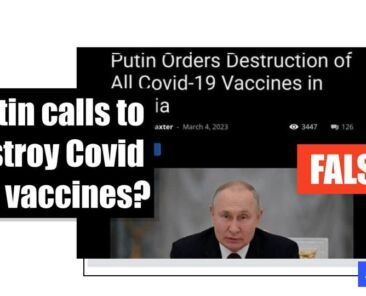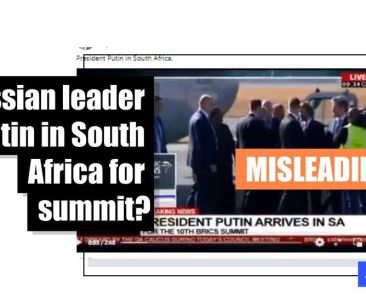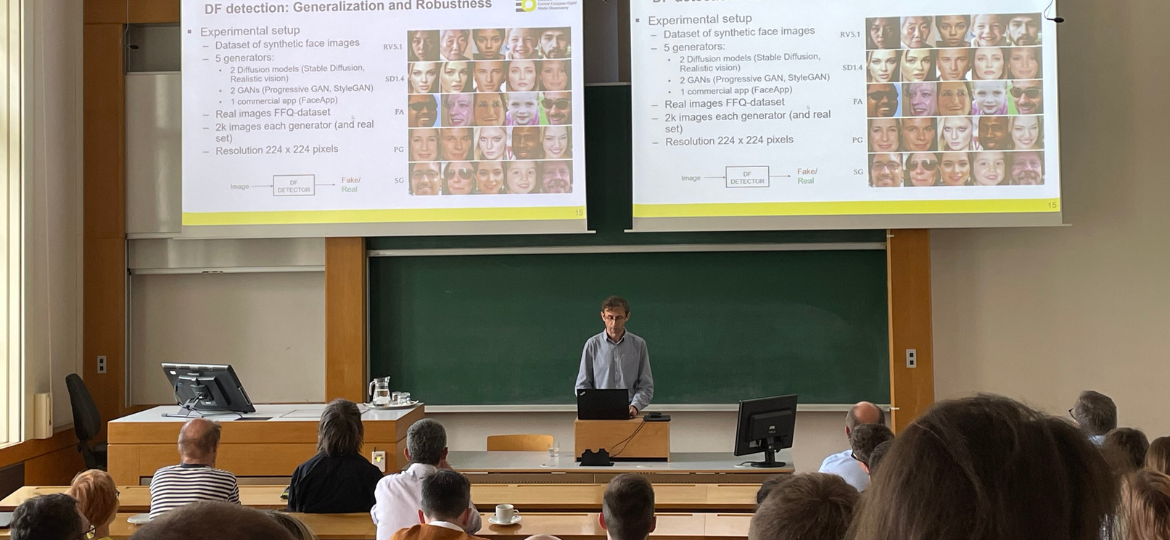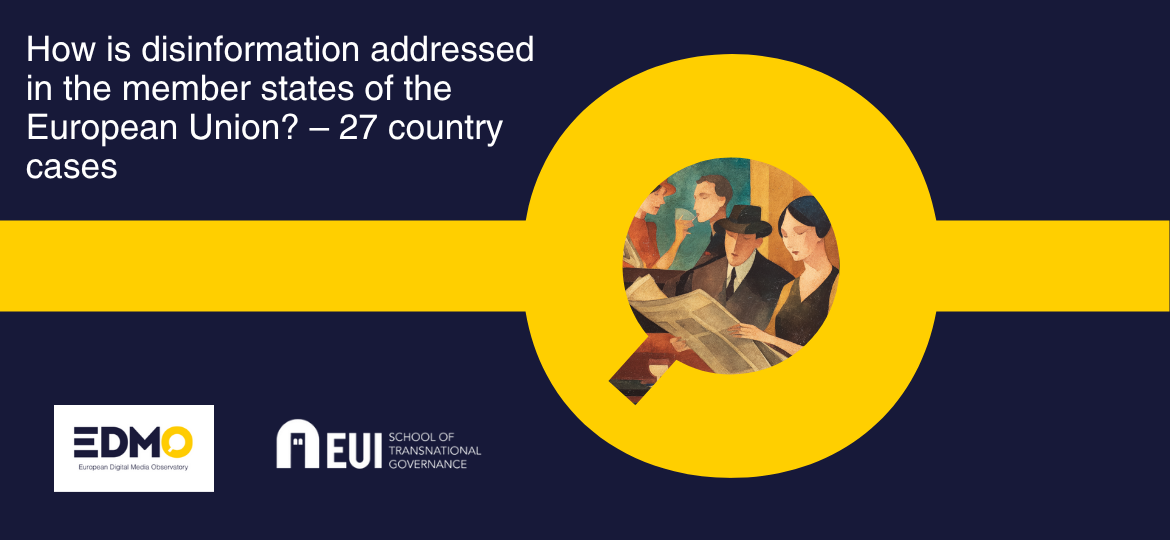About CEDMO
The Central European Digital Media Observatory (CEDMO), as an independent non-partisan multidisciplinary hub, aims to identify, research and prioritise the most critical sources and causes of information disorders in Central Europe (mainly the Czech Republic, Slovakia and Poland). This international consortium was created to propose a set of short and longer-term actions, as well as recommendations to help civil society, public institutions and the private sector respond to the declining trust in key institutions and help society to resist the effect of increasing exposure to mis- and disinformation.
By interacting and coordinating with European Digital Media Observatory (EDMO) and other regional EDMO hubs in EU, CEDMO will contribute to curbing threats posed by information disorders, including disenchantment with the democratic processes, and discord in civil society in Europe, and to building community and nation-wide resilience while protecting information ecosystems.
About CEDMO
The Central European Digital Media Observatory (CEDMO), as an independent non-partisan multidisciplinary hub, aims to identify, research and prioritise the most critical sources and causes of information disorders in Central Europe (mainly the Czech Republic, Slovakia and Poland). This international consortium was created to propose a set of short and longer-term actions, as well as recommendations to help civil society, public institutions and the private sector respond to the declining trust in key institutions and help society to resist the effect of increasing exposure to mis- and disinformation.
Our Partners
About CEDMO
The Central European Digital Media Observatory (CEDMO), as an independent non-partisan multidisciplinary hub, aims to identify, research and prioritise the most critical sources and causes of information disorders in Central Europe (mainly the Czech Republic, Slovakia and Poland). This international consortium was created to propose a set of short and longer-term actions, as well as recommendations to help civil society, public institutions and the private sector respond to the declining trust in key institutions and help society to resist the effect of increasing exposure to mis- and disinformation.
Our Partners
“I tested Chick-fil-A on my continuous glucose monitor and it took my blood sugar to the moon. I was absolutely shocked how many people in the comment section thought it was normal. For the record, I am not diabetic, I am very fit and healthy,” says Jason Wittrock, who goes by @bloodsugarking on TikTok, in a May 24, 2022 video viewed 3.4 million times.
“Putin Orders Destruction of All Covid-19 Vaccines in Russia,” reads the headline of an article shared on Facebook.
The altered screenshot was shared on Facebook here on January 19, 2023.
“Netflix just donated $7 million to Kamala, BYE BYE Netflix! Cancel your subscription today,” said an August 2, 2024 Facebook post.
“Trump fell asleep at the RNC. On the first night. He just got there,” says a July 15, 2024 post on X.
“A Palestinian father leaves Eid clothes on his daughter’s grave (8 years old),” read a Facebook post that shared the photos on June 24.
Across Instagram, TikTok and YouTube, women and girls wanting to increase the size of their chests, hips and thighs discuss how they have “tried everything” to gain a few pounds without success until they discovered a “miracle product” which allowed them to go from 110 to 135 pounds in a matter of weeks.
“Apeel is the latest food tech from Bill Gates! It’s designed as an edible film to keep produce from going bad,” says an April 20, 2023 tweet. “Do you trust it to be safe!? I would avo!d it like the pl@gue!”
“Bitcoin mining has zero carbon emissions,” says an April 10, 2023 tweet from Riot Platforms Inc.
“Romania beat 3-0 over Ukraine in Euro 2024 group stage, Romanian fans chant ‘Putin’ on the stand,” read a simplified Chinese caption of a Weibo post shared on June 18, 2024.
The claim was shared in a lengthy Facebook post published on April 1, 2024.
“The Great Barrier Reef has died again. 75 percent bleached apparently,” says Australian geophysicist Peter Ridd in an April 9, 2024 clip on Facebook.
The photos have been shared more than 600 times after they were posted here on September 16, 2022.
The clip was viewed more than 30,000 times since it was shared on Weibo on July 22, 2022.
“President Putin in South Africa,” reads the Facebook post, which has been shared more than 400 times since it was published on July 15, 2022 and features a video of Putin and his delegation disembarking from a plane.







































